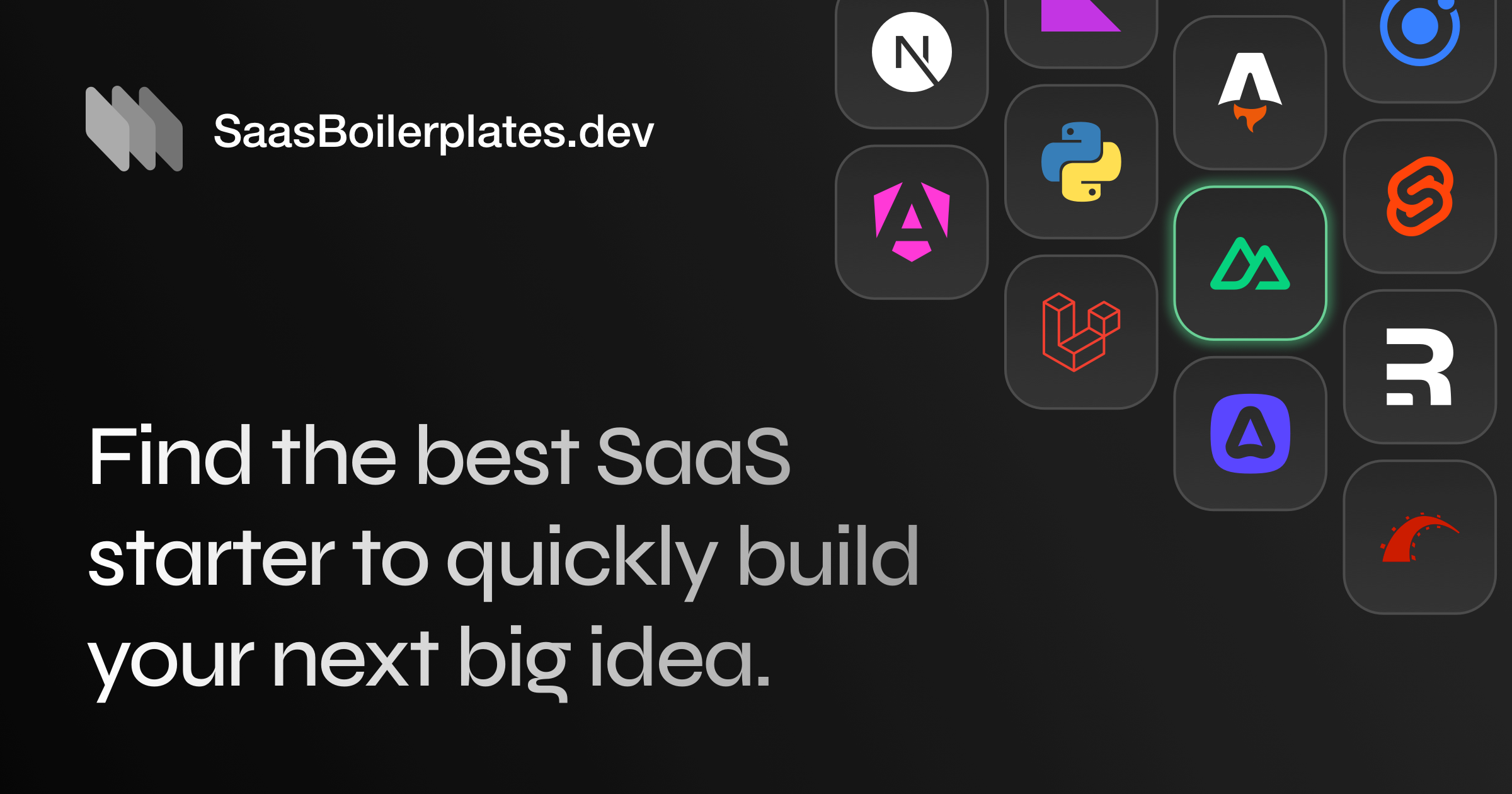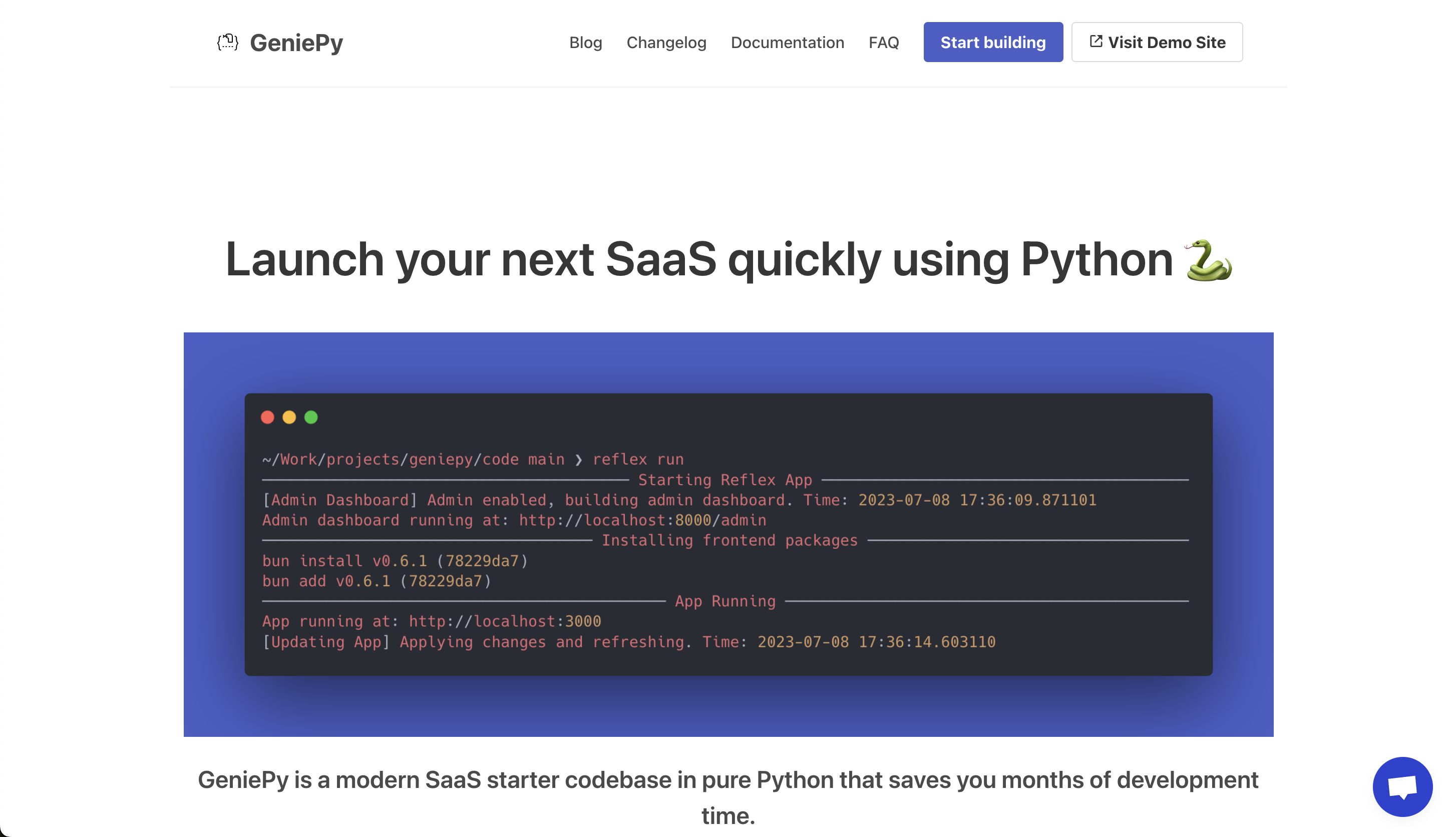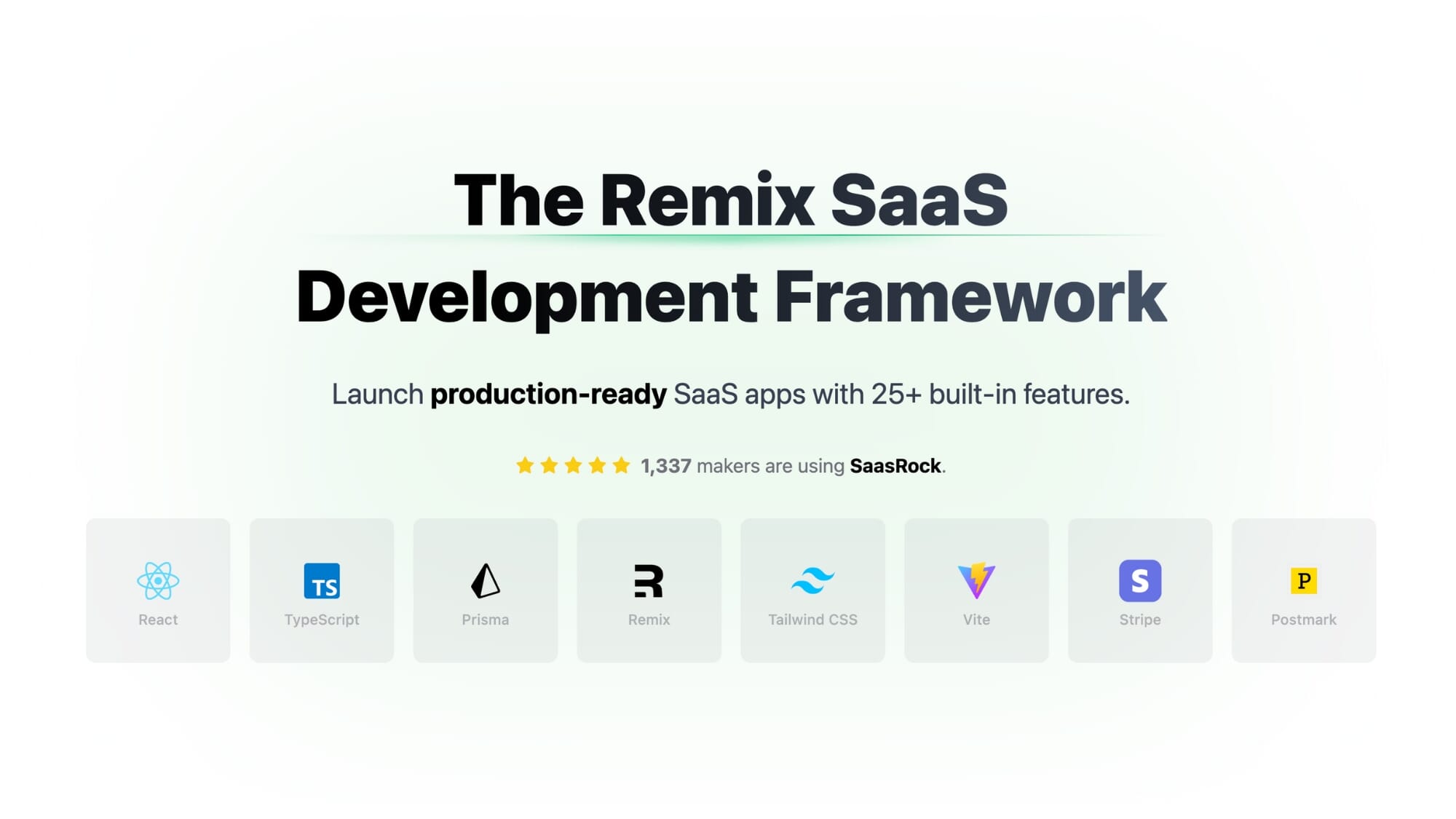How to Optimize SaaS Free Trials for Conversions
Strategies to optimize SaaS free trials, better user engagement, and increase conversions from trial to paid customers.

Want to turn free trial users into paying customers? Here’s how:
- Pick the right trial length: Give users enough time to see your product’s value. Simpler tools may need shorter trials, while complex ones might benefit from longer durations.
- Focus on core features: Highlight the features that solve users’ biggest problems, rather than overwhelming them with everything.
- Streamline sign-up: Make it quick and easy with minimal required info, social sign-ins, and progressive profiling.
- Engage users early: Use clear onboarding steps, interactive tooltips, and progress trackers to guide users to success fast.
- Send targeted emails: Include welcome guides, feature highlights, success stories, and trial expiration reminders to keep users active.
- Simplify upgrades: Place clear upgrade buttons, reduce payment steps, and show pricing clearly.
- Track and improve: Monitor trial-to-paid conversion rates, feature adoption, and user behavior. Use tools like Mixpanel or FullStory to refine your approach.
How To Increase Your Trial Conversions For Your SaaS
Building Better Free Trials
Creating free trials that truly convert users requires careful planning. Here’s how you can make them work effectively.
Picking the Right Trial Length
The length of your trial can make or break conversions. Choose a duration that gives users enough time to see the value of your product. Think about how long it takes for users to experience the benefits, how complicated the setup process is, and how often they’ll use key features. For simpler tools, shorter trials might work best, while more complex products may need extended periods. Once you’ve decided on the trial length, focus on showcasing the features that highlight your product’s strengths.
Choosing Which Features to Include
Don’t overwhelm users with every feature. Instead, concentrate on the core functionality that solves their most pressing problems. This approach helps users quickly understand how your product can meet their needs. After selecting the right features, make sure the sign-up process is just as smooth.
Making Sign-up Quick and Easy
A hassle-free sign-up process encourages more users to try your product. Streamline it by:
- Asking only for basic details like an email and password
- Offering social sign-in options (e.g., Google or Facebook)
- Using progressive profiling to collect extra information over time
These steps make registration simple and inviting, increasing the likelihood of trial sign-ups.
Getting Users Active During Trials
First-time User Experience
Help new users see results quickly by guiding them to a meaningful outcome within minutes. On their first login, keep things simple: show a clean interface with clear steps like a welcome message, a progress tracker, interactive tooltips, and quick tasks they can complete in under 5 minutes. This approach helps users immediately understand your product’s main benefits.
Follow up with timely emails to reinforce the onboarding process and encourage deeper engagement.
Email Sequences That Drive Usage
Well-planned email sequences can keep trial users engaged and increase their chances of converting. Design your emails to both educate and motivate users to take action:
- Welcome Email: Include login details and a quick-start guide.
- Feature Spotlight: Highlight one key feature and explain how it can be used.
- Success Story: Share a story that shows how similar users achieved success with your product.
- Usage Check: Tailor this email based on the user’s activity level.
- Trial Timeline: Remind users of their trial’s expiration and outline the benefits of upgrading.
Use software like SendPulse to queue up your email sequence.
Make sure each email includes a clear call-to-action linking directly to relevant features within your product.
Pair your email strategy with in-app prompts that provide extra guidance and motivation - especially during moments when users might feel stuck.
In-app Help and Notifications
Use targeted in-app messages to guide users based on their actions:
- Show tips when users explore new sections.
- Celebrate milestones with progress notifications.
- Trigger prompts if users seem unsure or pause too long.
- Offer live chat for real-time support.
Pay attention to user behavior to spot common challenges or sticking points. Use this data to fine-tune your in-app messaging and make the trial experience smoother and more effective.
Turning Trial Users into Customers
Once users are engaged with your product, the next step is getting them to make the leap to becoming paying customers.
Make Upgrading Easy
Keep the upgrade process simple and hassle-free. Add noticeable upgrade buttons in areas where users interact with key features. Use a clear pricing page, and reduce the number of steps required to complete payment.
Build Trust and Create Urgency
Show potential customers the value of your product with customer success stories and key performance metrics. Add a sense of urgency by including countdown timers or sending reminder emails as the trial period nears its end.
Reconnect with Expired Trials
Don’t lose touch with users who didn’t convert. Set up a follow-up email sequence after their trial ends. Start by asking for feedback and offering help. Later, highlight the product’s benefits and share success stories. Finally, consider offering a special deal to encourage them to come back. Use the feedback you collect to improve the trial experience.
Tracking and Improving Results
Key Trial Metrics to Monitor
Keep an eye on metrics that reveal how users engage with your trial and whether they convert:
| Metric | What It Measures |
|---|---|
| Trial-to-Paid Conversion Rate | Percentage of trial users who become paying customers |
| Time-to-First-Value | How quickly users achieve their first meaningful outcome |
| Feature Adoption Rate | Percentage of key features used during the trial period |
| Trial Completion Rate | Percentage of users who finish the entire trial period |
| Daily/Weekly Active Users | Frequency of trial users engaging with your product |
These metrics give you a clear picture of what’s working and what needs improvement.
Tools to Analyze User Behavior
To track user interactions effectively, use analytics platforms like Mixpanel or Amplitude. Set up event tracking to monitor specific actions, such as:
- Completing onboarding steps
- Using core features
- Inviting others to join
- Creating or importing content
- Accessing advanced tools or settings
Session recording tools like FullStory can help you see exactly where users face challenges. These insights can guide you in refining the trial experience and removing obstacles.
Experimenting with Trial Strategies
Test and refine your trial setup by experimenting with one variable at a time. Here are some ideas:
- Trial Duration: Compare shorter trials (e.g., two weeks) with longer ones (e.g., one month) to find the right balance between urgency and value.
- Feature Access: Test offering full access versus limiting premium features to understand how it affects conversions.
- Onboarding Flow: Experiment with different onboarding processes or tutorial formats to improve user adoption.
- Communication Timing: Adjust when and how often you send emails based on user engagement patterns.
- Call-to-Action Placement: Try different locations and styles for upgrade prompts to see what drives more clicks.
Track the results of each change and refine your approach based on the data you gather. This process helps you continuously improve and optimize the trial experience.
Next Steps
Leveraging SaaS Boilerplates
Use SaaS boilerplates to streamline the setup of free trials with pre-built components. These boilerplates offer features like:
| Feature | Trial Benefits |
|---|---|
| User Authentication | Secure registration and login for trial users |
| Subscription Handling | Automated trial period management |
| Payment Integration | Easy transition from trial to paid plans |
| User Analytics | Tracking user behavior during trials |
This approach saves development time, allowing you to concentrate on improving trial performance. Frameworks such as Django, Laravel, Next.js, and Ruby on Rails make integration straightforward. Once the foundation is set, focus on refining and optimizing your trial strategy.
Improving Trials Over Time
Refine your trials by focusing on these key areas:
- Weekly Metric Reviews: Analyze trial data to spot patterns or issues.
- User Feedback: Gather insights through automated surveys.
- Feature Analysis: Identify which features drive conversions.
- Documenting Changes: Keep track of adjustments and their outcomes.
When testing, tweak one variable at a time. For example, you could try varying trial lengths while keeping feature access the same, changing onboarding processes without altering trial duration, or testing different pricing tiers with the same feature set. Ensure each test runs for at least one full trial cycle to gather reliable data before making further updates.
Recommended SaaS Boilerplates
Below you’ll find three highly advocated SaaS boilerplates that can help you optimize your free trials for conversions.






